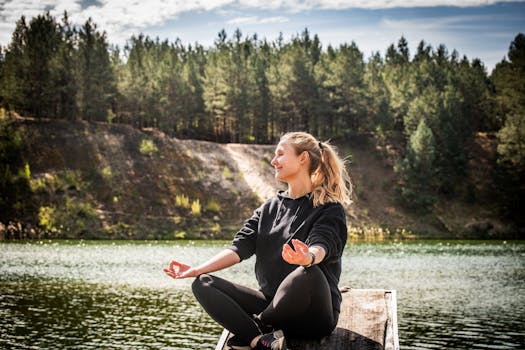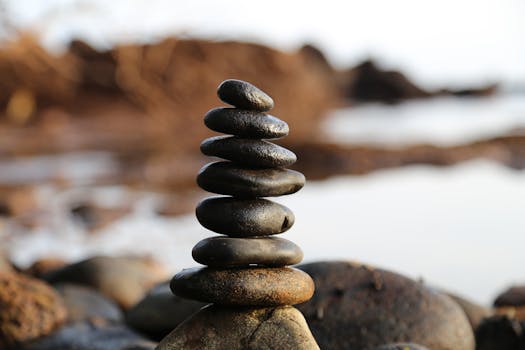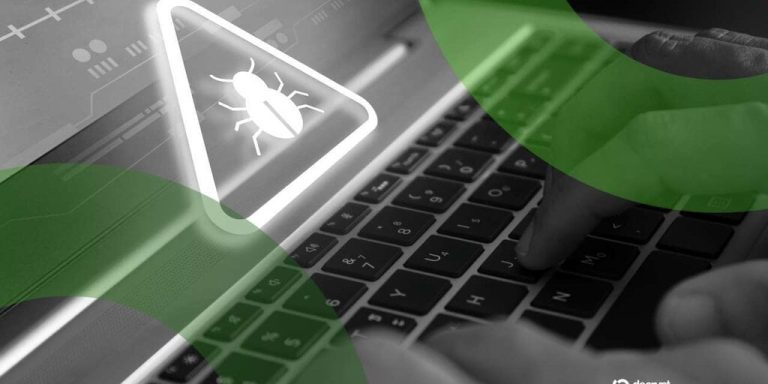
“
Mindfulness Practices for Stress Relief: A Guide to Reducing Anxiety
Mindfulness practices for stress relief are becoming increasingly popular, and for good reason. With the demands of modern life, it’s easy to get caught up in stress and anxiety. However, by incorporating mindfulness into your daily routine, you can reduce your stress levels and improve your overall well-being. In this article, we’ll explore the benefits of mindfulness practices for stress relief and provide a comprehensive guide on how to get started.
What is Mindfulness?

Mindfulness is the practice of being present in the moment, paying attention to your thoughts, feelings, and sensations without judgment. It’s about cultivating awareness and acceptance of your experiences, rather than trying to change or control them. Mindfulness has its roots in Buddhism and meditation, but it’s now widely used in secular contexts to improve mental and physical health.
Benefits of Mindfulness for Stress Relief

The benefits of mindfulness for stress relief are numerous. Some of the most significant advantages include:
- Reduced stress and anxiety: Mindfulness has been shown to decrease the production of stress hormones like cortisol, leading to a decrease in anxiety and stress levels.
- Improved mood: Mindfulness practices have been linked to increased production of neurotransmitters like serotonin and dopamine, which can help improve mood and reduce symptoms of depression.
- Enhanced focus and concentration: Mindfulness can help improve attention and focus, leading to greater productivity and efficiency.
- Better sleep: Mindfulness practices have been shown to improve sleep quality and duration, leading to better rest and recovery.
Mindfulness Practices for Stress Relief

There are many mindfulness practices that can help with stress relief. Some of the most effective include:
- Meditation: Meditation involves focusing your attention on a specific object, such as the breath, a mantra, or a physical sensation. Regular meditation practice can help reduce stress and anxiety.
- Yoga: Yoga combines physical movement with deep breathing and meditation techniques. It can help reduce stress and improve flexibility and balance.
- Body scan: A body scan involves lying down or sitting comfortably and bringing your attention to different parts of the body, starting from the toes and moving up to the head. This can help release physical tension and promote relaxation.
- Mindful walking: Mindful walking involves paying attention to your walking, noticing the sensation of your feet touching the ground, the movement of your legs and arms, and the rhythm of your breath.
Incorporating Mindfulness into Your Daily Life

Incorporating mindfulness into your daily life can be simple and easy. Here are some tips to get you started:
- Start small: Begin with short mindfulness practices, such as taking a few deep breaths or paying attention to your senses, and gradually increase the duration and frequency.
- Make it a habit: Incorporate mindfulness into your daily routine, such as right after waking up or before bed.
- Find a quiet space: Identify a quiet and comfortable space where you can practice mindfulness without distractions.
- Be consistent: Consistency is key when it comes to mindfulness. Aim to practice mindfulness at the same time every day.
Conclusion

Mindfulness practices for stress relief are a powerful tool for reducing anxiety and improving overall well-being. By incorporating mindfulness into your daily routine, you can reduce stress, improve your mood, and enhance your focus and concentration. Remember to start small, be consistent, and make mindfulness a habit. With regular practice, you can experience the many benefits of mindfulness and live a happier, healthier life.
See more:
https://www.mindful.org/
https://www.yogaalliance.org/
https://www.headspace.com/






